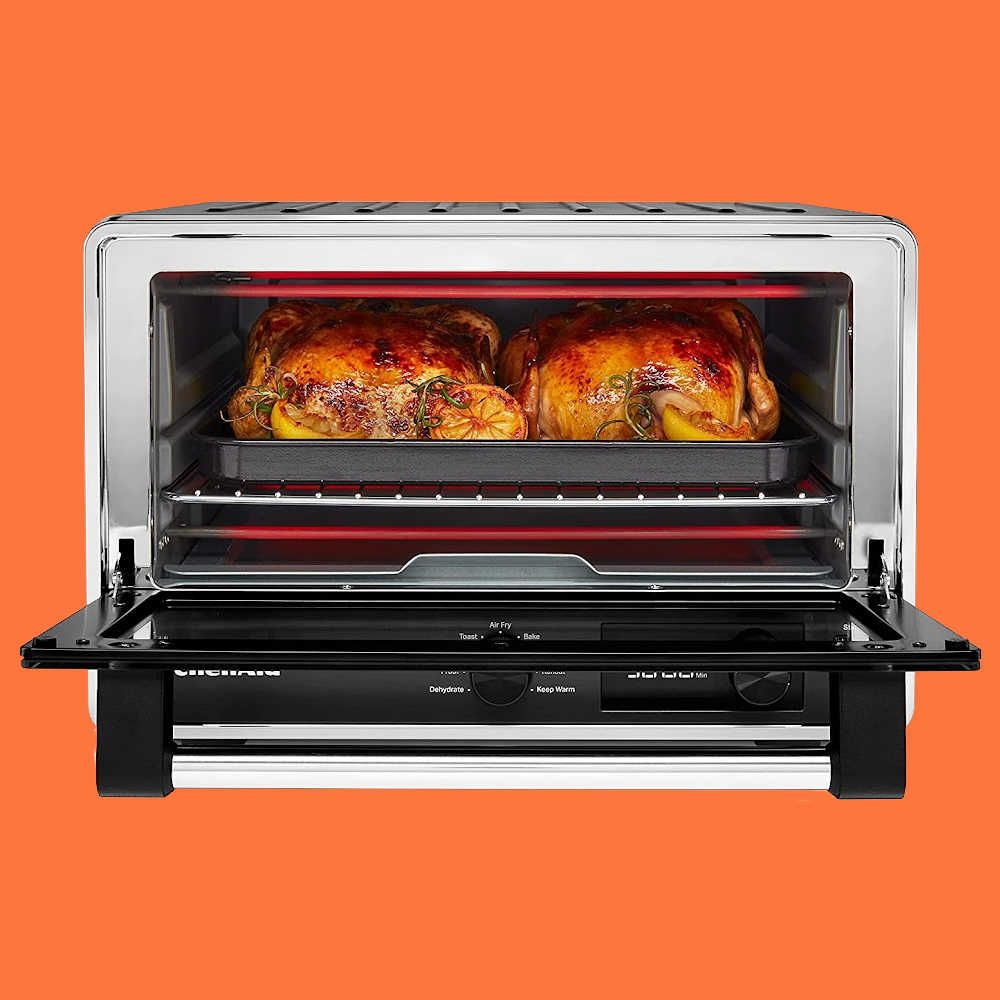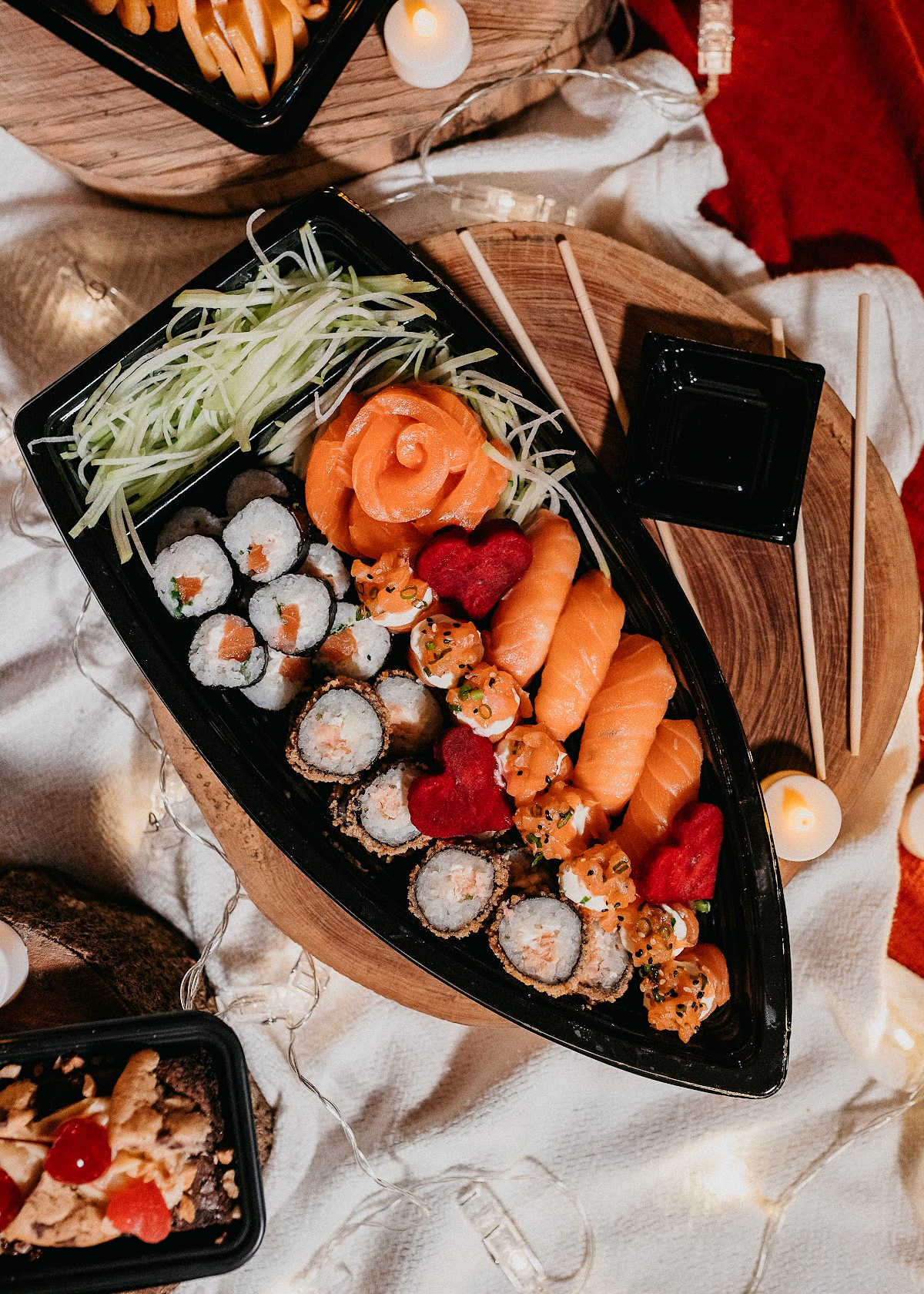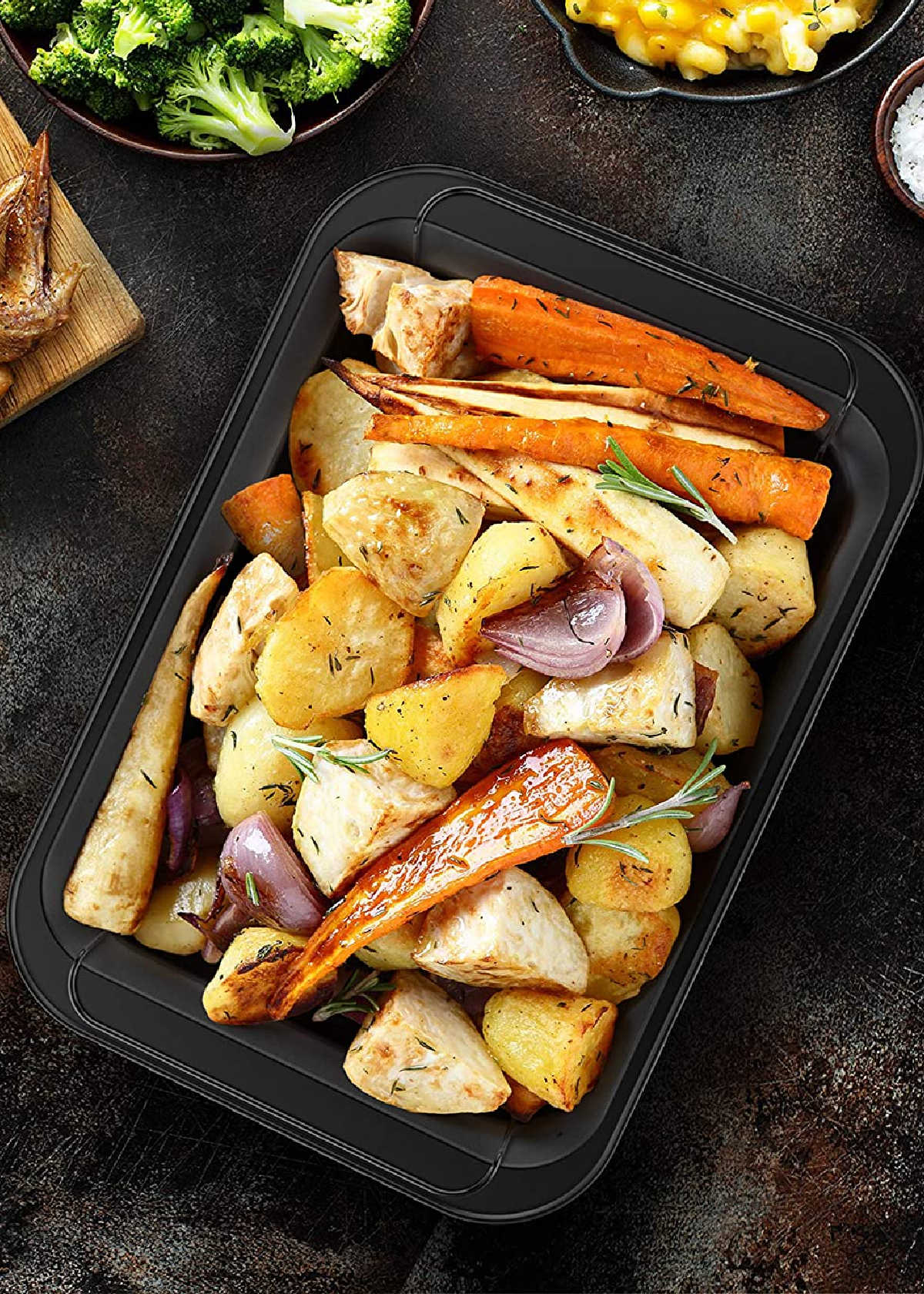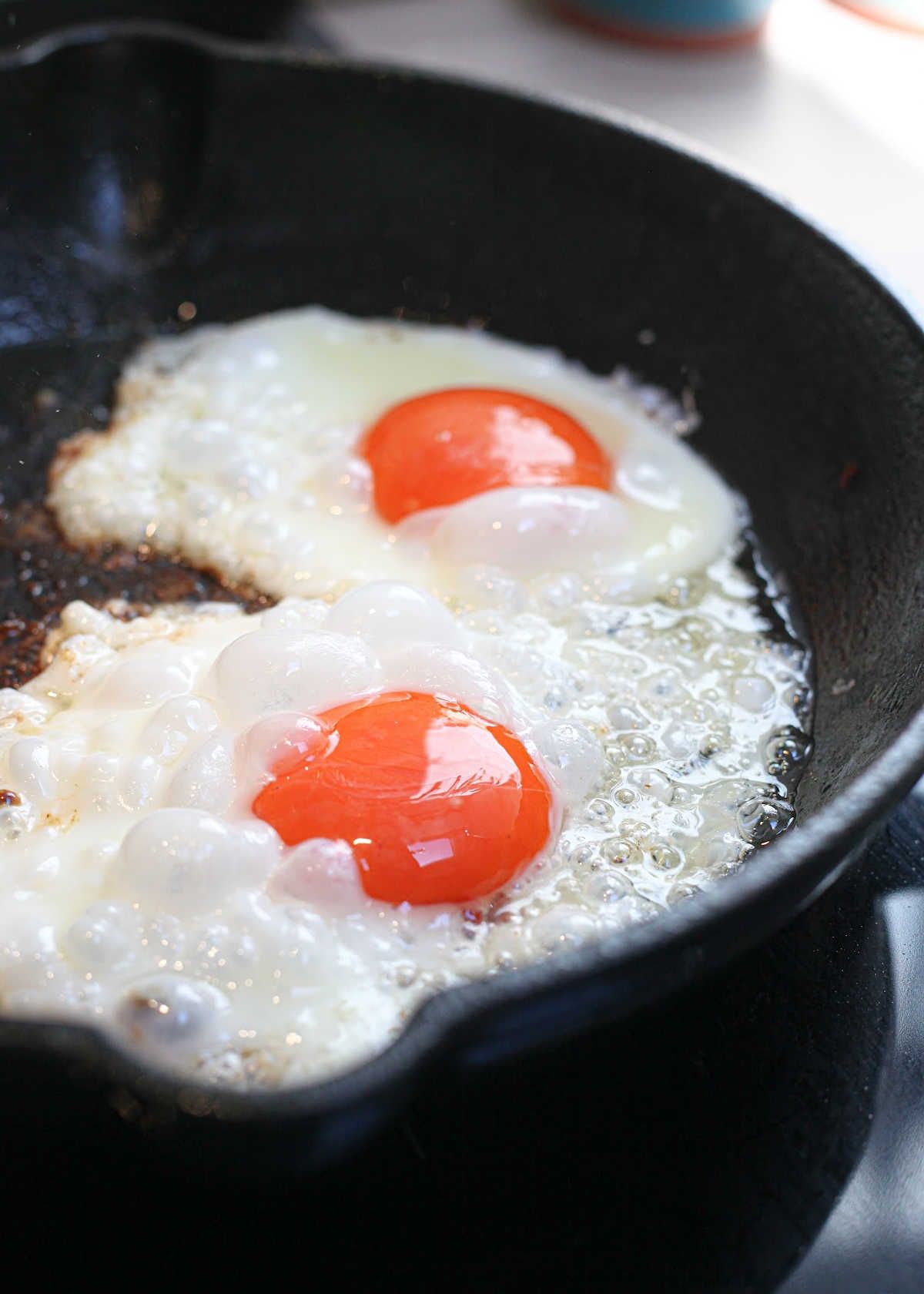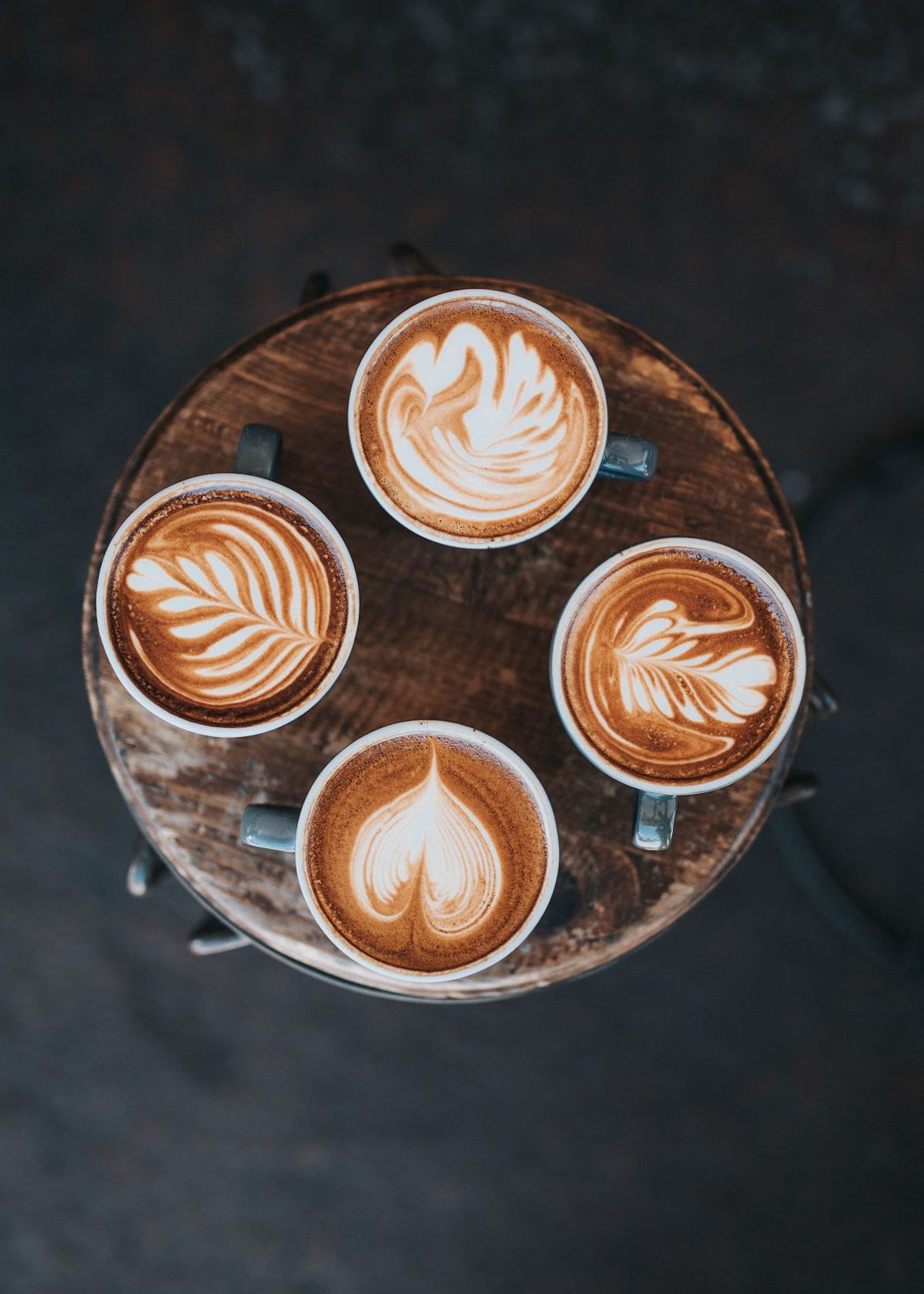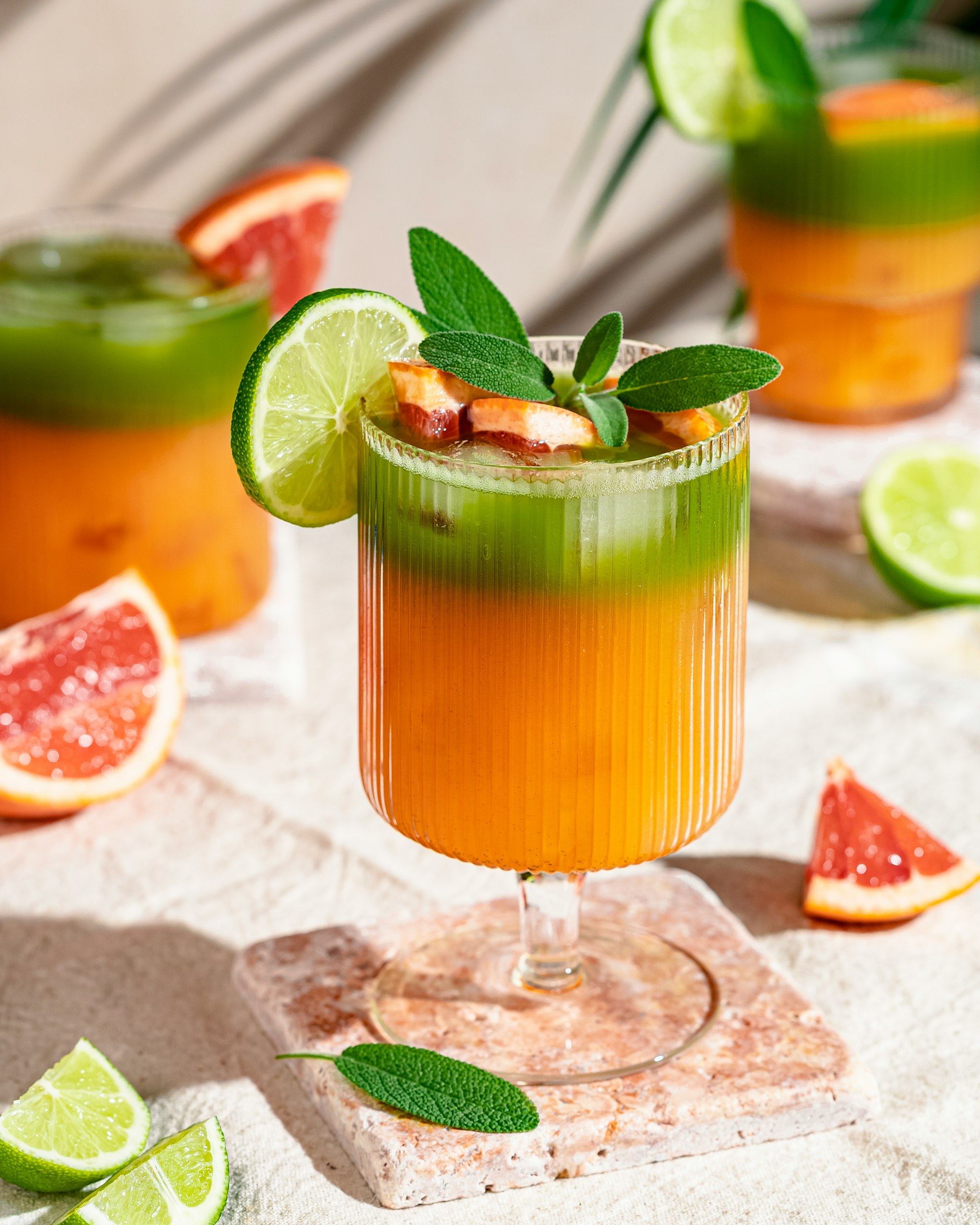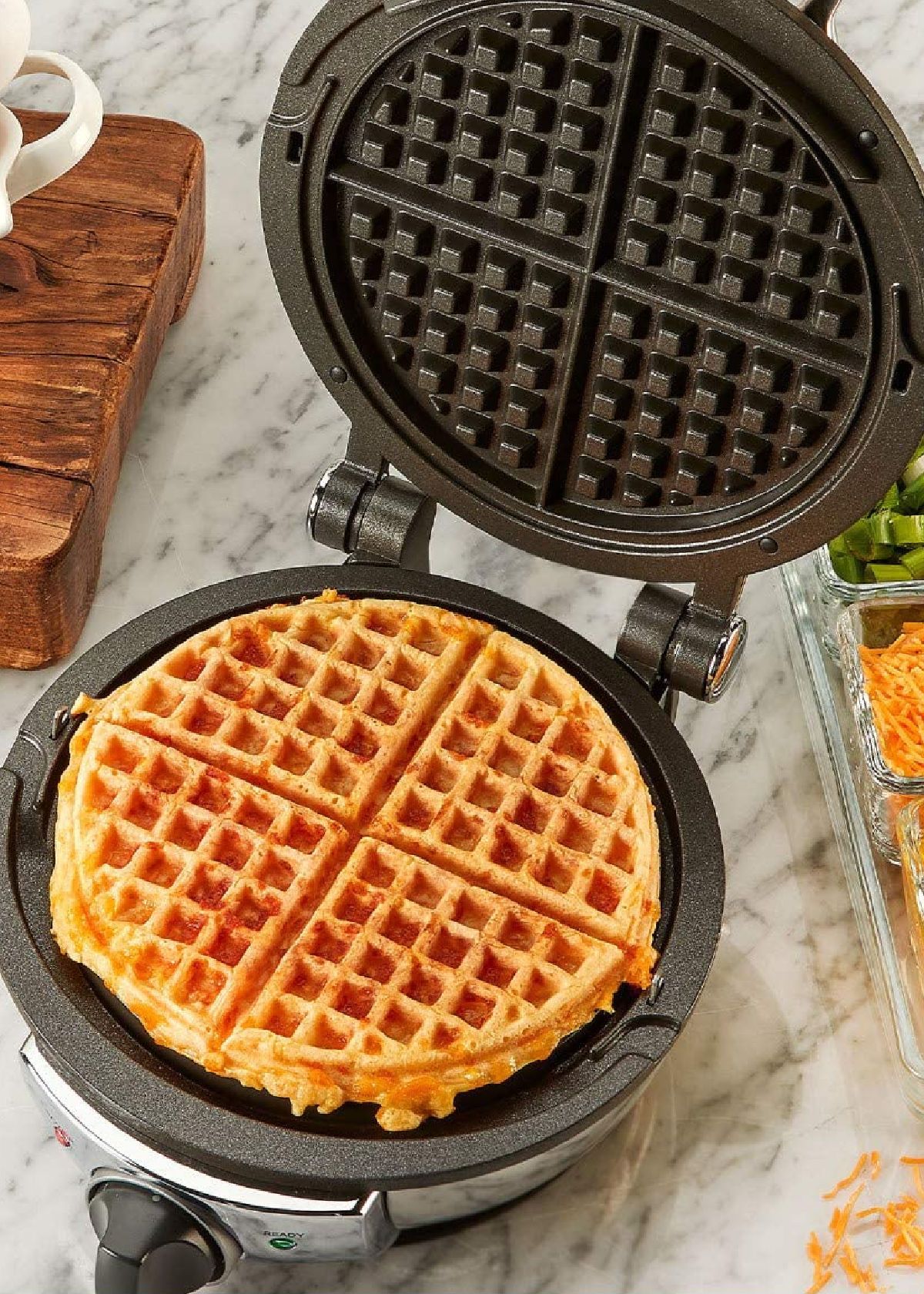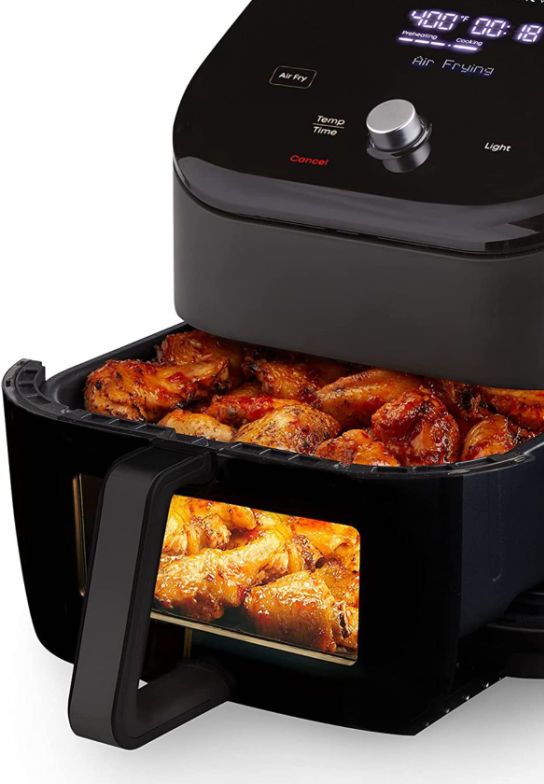Content Summary
What’s the best way to store wine at home? If you're a wine lover, you know how important it is to store wine properly, both for short and long-term periods.
We'll cover everything you need to know about storing wine, including how to store wine in a wine refrigerator, in a cellar, and once opened. Without further ado, let’s get started!


What Factors To Consider
When it comes to wine storage, several factors will affect how you do it properly.
1. Proper Temperature
Wine storage temperature plays an important role when you want to store wine bottles. We have detailed guides for serving temperatures and storing temperatures for both red wines and white wines.
For >6 months, for all wines 55°F is the recommended temperature.
For <6 months red and white wines should be stored at different temperatures, with reds kept at a slightly warmer temperature.
- When it comes to white wine temperature, a slightly cooler of about 45°-50°F is ideal.
- Red wine's temperature should be stored at a slightly warmer of between 55°-60°F.
2. Proper Humidity
Humidity is also an important factor when it comes to how to store wine. Wines should be stored in an area with around 70% humidity; too much or too little humidity can damage the wine.
3. Light & Stabilization
It's important to keep wine away from direct sunlight or any other source of light and heat as light can also be harmful to wine.
Stabilization is also important for how to store wine. Make sure the area you are storing your wines in is free from vibrations, which can damage the flavor of the wine.
4. Horizontal Position
Storing wine bottles horizontally is essential for several reasons.
- Firstly, this prevents the cork from drying out and allows it to stay in contact with the wine, which keeps air from entering the bottle and potentially spoils the flavor.
- Additionally, storing wine bottles horizontally helps keep sediment away from the cork, which ensures that the wine remains sediment-free and prevents the cork moist.
5. Storage System
You'll need to decide on the best storage system for your wine. There are several options.
The basic rule for long-term, or for aging wine: the temperature of the storage area (wine cellar or wine fridge) must be 55°F.
- If you're serious about wine, investing in a wine fridge or wine cellar is the best way to store your wines.
- A wine fridge offers a perfect environment for storing different types of wines at the recommended temperature, for storing both the short and long term. It also looks great in your kitchen or dining room.
- To store your wines without a wine fridge, store them in a cool, dark place like a basement, attic, or closet and avoid exposing them to direct light.
- If you don't have a cool cellar or basement, storing your bottles in a cabinet or pantry is an option.
- If you don't want to store your wines in the pantry, you can opt for a wine rack or a wine holder to keep your bottles.




How To Store Wines
1. Storing In Short Term
- To store wine long-term, you should place the bottles on their side in a cool, dark place with a consistent temperature.
- The ideal temperature for wine storage is 55°F, which prevents the wine from oxidizing and aging too rapidly.
- A dedicated wine cellar is the best place to store wine long-term because it provides the right temperature, humidity, and darkness. But check all this before your wine cellar meets the standards.
2. Storing In Long Term
If you plan to consume the wine within a few weeks, you don't need to store it in a cellar.
- Instead, you can store it in a wine cooler, or on the wine racks at a cool, dry place away from direct sunlight.
- Avoid storing it in the kitchen or any area that can get too warm. The ideal short-term storage temperature for all wines (including sparkling wines) is between 45°F - 65°F.
3. Storing In The Fridge
If you want to store the bottle in the fridge for longer than a few weeks to under 6 months, you can keep it in a dedicated wine fridge.
- You can choose between a single-zone fridge or a dual-zone fridge depending on whether you will be storing one type of wine or multiple types.
- The temperature should be set between 40°-60°F.
- You also need to make sure that the humidity level inside the fridge is set to around 70%.
- Note: if you want to store wines for both long and short term, you may want to consider a separate wine fridge for both purposes.
4. Storing Wine Once Opened
You need to store an open bottle with leftover wine properly to preserve its flavor.
- The best way to store an opened bottle of wine is to re-cork it tightly and store it in the fridge.
- You can also use a wine preserver, a silicone cap, or a rubber wine stopper with a vacuum pump to remove the air from the bottle.
Generally, this will prevent oxidation and the wine should be consumed within 3 - 5 days. We've written a related article about how to tell if the wine has gone bad to ensure you take the proper precautions.




Tips & Tricks
- Rotate your wine bottles every 2 months to prevent the corks from drying out.
- Make sure the area isn't too humid or too dry. Humidity levels are stable at 70%.
- If you don’t have a cellar or wine fridge, you can build a makeshift one with an old refrigerator (but watch out for too-cold temperatures).
- Place your bottles in wooden boxes or protective cardboard dividers to guard against breakage and damage.
- Label your bottles with the date they were purchased or opened to keep track of their age.
Some fine wines can be treasured for years, but they need to be kept under the right conditions. Proper wine storage is essential for maintaining the quality of the wine and ensuring that it matures perfectly.
Need a quality wine storage solution? Check out the below blog post where we reviewed and picked out the top large capacity wine fridges for you.

With these tips, you can now store your wine collection like a pro and enjoy its flavor to the fullest!
Catchy Finds




